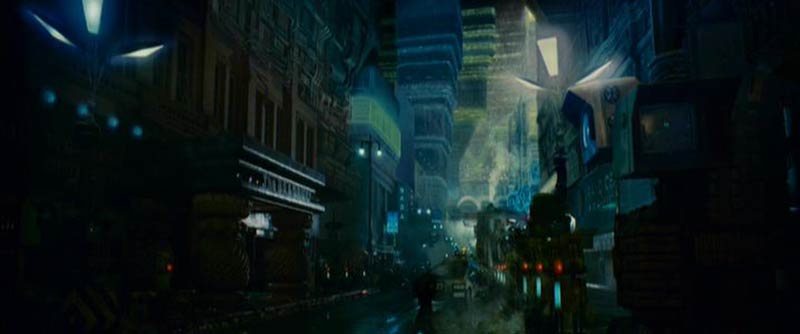
The sculpted rocks of Rotheneuf (France) are the most fascinating work in Britain. They were sculpted by a priest, Adolphe Julien Fouéré AKA the Abbot Fouré (1839-1910).
At the age of 54, a stroke let him deaf-mute, and put an end to his ministry. He retired near Saint-Malo, by the seaside, into a solitude. That's where the stone became his language and sculptures his words. Inspired by the history and the myths of the region, he began to sculpt the history of the Rotheneuf (a family of pirates and contrabanders living in the 16 and 17th centuries) into the granitic cliff.
At the age of 54, a stroke let him deaf-mute, and put an end to his ministry. He retired near Saint-Malo, by the seaside, into a solitude. That's where the stone became his language and sculptures his words. Inspired by the history and the myths of the region, he began to sculpt the history of the Rotheneuf (a family of pirates and contrabanders living in the 16 and 17th centuries) into the granitic cliff.
Between 1893 and 1909, "The Ermite", as he was yet known, sculpted some 300 pieces organized into an impressive and lively fresco.
In his time, this huge work included wooden sculptures and the sculptures were painted in bright colours. He had even scultped a portrait of himself with the motto : "Amor e dolor" (Love and pain). Unfortunately the wooden sculptures were burned in 1940.
In his time, this huge work included wooden sculptures and the sculptures were painted in bright colours. He had even scultped a portrait of himself with the motto : "Amor e dolor" (Love and pain). Unfortunately the wooden sculptures were burned in 1940.
The Rotheneuf site soon became a tourist attraction, and, in response to its success, Fouré published postcards.
---
I borrowed the picture above from a French site dedicated to the mythical forest of Broceliande, the place where Viviane (also called Nimue or Niniane), the Lady of the Lake, entombed Merlin in a rock.
---
I borrowed the picture above from a French site dedicated to the mythical forest of Broceliande, the place where Viviane (also called Nimue or Niniane), the Lady of the Lake, entombed Merlin in a rock.

